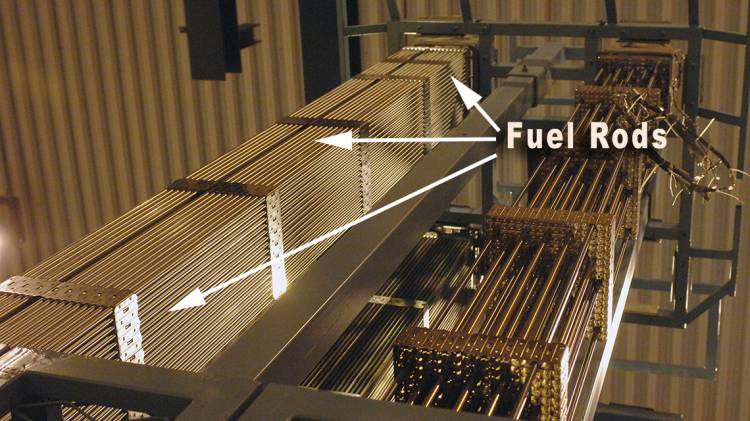The IAEA’s new publication The Metallurgy of Zirconium is your go-to source. Over three volumes, the book — unique in its scope and breadth — provides readers in industry and academia with a comprehensive review of the development and understanding of zirconium within the context of its use in nuclear reactors. It presents input from leading experts in the relevant fields and encompasses the full spectrum of zirconium as a metal, its properties and its use.
The publication’s coverage includes alloy development in the nuclear industry and guidelines on commercial alloys and alloys under development; extraction and consolidation of zirconium, from ore to ingot to component; deformation and texture of various alloys with analysis of the effects of irradiation damage on physical and mechanical behaviour as well as deformation and creep during irradiation and damage due to oxidation and corrosion; and ductility and fractures of alloys.
“The future of the nuclear industry worldwide depends primarily on the ability of the nuclear community to further improve our understanding of the materials used in the industry,” said Anzhelika Khaperskaia, Technical Lead at the IAEA Division of Nuclear Fuel Cycle and Waste Technology and current Scientific Secretary responsible for the publication of the book.
Download and read The Metallurgy of Zirconium.







